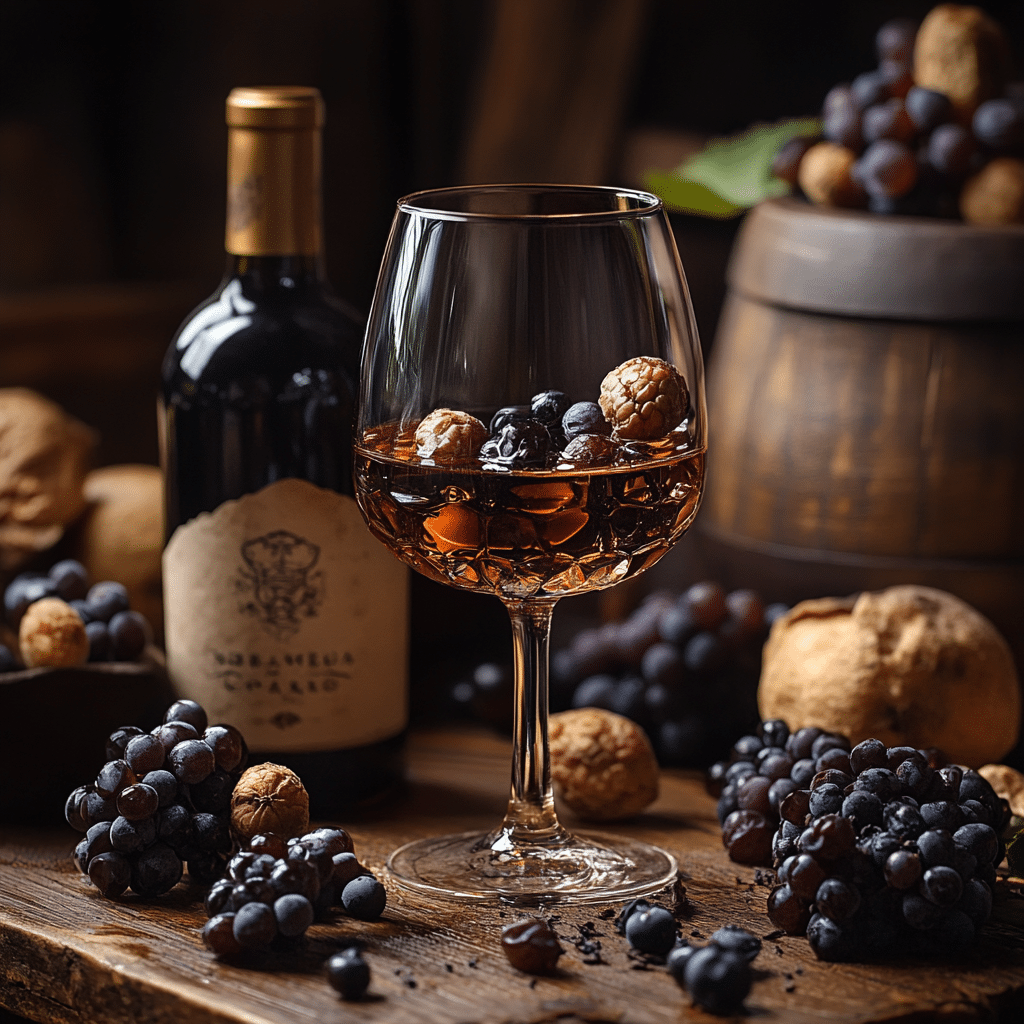Rakia stands as a cherished symbol of Balkan culture, deeply rooted in countries like Serbia, Bulgaria, and Croatia. This beloved fruit brandy, often distilled from plums, grapes, and other local fruits, boasts a rich heritage intertwined with community gatherings, cultural rituals, and culinary traditions. To appreciate rakia genuinely, there’s no better approach than to explore the different varieties and experiences it can offer — and believe me, you’ll want to.
Rakia isn’t just a drink; it’s like a story in a bottle, encapsulating the warmth and hospitality of the Balkan people. So, whether you’re sipping a glass during festive occasions or enjoying a quiet evening with friends, rakia connects you to the vibrant culture of Southeast Europe. Let’s dive into the world of rakia and discover what makes it special!
The Top 5 Types of Rakia You Should Not Miss

Rakia Production: Crafting Liquid Heritage
Rakia isn’t just a product; it represents the craftsmanship and dedication that goes into its production. The process usually starts with selecting the finest fruits, which are then fermented and distilled in copper stills. These stills are pivotal, influencing the spirit’s flavor profile. Artisan distillers such as Brandy Distillery Baranja embrace traditional methods that involve slow fermentation and natural yeasts, resulting in rakia that’s bursting with character.
Moreover, the aging process can vary among producers. Some opt for oak barrels, infusing the rakia with subtle notes of vanilla and spice, while others prefer stainless steel containers to keep the pure fruit character intact. Regional differences in climate and soil further enhance the complexity of rakia, shaping the quality of the fruits and, by extension, the spirit’s overall flavor.
Ultimately, the artistry behind making rakia contributes to its status as part of the cultural identity of the Balkans. Whether you’re enjoying it in a quaint tavern or at a lively festival, each glass of rakia tells a story worthy of being shared.
Enjoying Rakia: Pairing with Food and Celebrations
A glass of rakia often plays a starring role in gatherings throughout the Balkans, symbolizing warmth and hospitality. Understanding how to enjoy rakia is key to fully appreciating its richness. Traditionally, rakia is served as an aperitif, often paired with various meze, like cured meats, cheeses, and marinated vegetables. For example, a sharp national cheese such as Pika from Bulgaria contrasts beautifully with the robust flavors of Slivovica, while marinated peppers elevate the essence of Lozovača.
Cultural celebrations, from weddings to religious festivals, feature rakia prominently — not just as a drink, but woven into the very fabric of the events. Guests partake in the “rakijska čaša” (rakia glass) ritual, where raising glasses for a toast signifies joy and shared connection. It’s a moment where laughter and stories flow as freely as the rakia itself, bringing people closer together.
But don’t be surprised if you find yourself indulging in a splash of rakia more often than planned! It has a way of warming hearts and igniting happiness at any gathering, making it a must for both special occasions and casual meet-ups.

The Future of Rakia: Contemporary Trends and Innovations
As global interest in artisanal and craft spirits rises, rakia is finding its way onto international shelves. Innovative blends and flavors, like those introduced by brands such as Rakia 69, showcase unique infusions of herbal and floral notes. These innovative twists cater to contemporary palates looking for something different.
Furthermore, the push for organic and sustainably produced rakia sparks enthusiasm among eco-conscious distillers, who are carving out their niche in the market. This trend not only honors traditional practices but also resonates with a growing group of consumers appreciating environmentally friendly products.
Additionally, the emergence of regional designations similar to wine appellations could help elevate the profile of rakia on a global stage. This designation allows producers to highlight distinct characteristics tied to their unique terroirs, enhancing rakia’s prestige worldwide.
For both seasoned connoisseurs and curious newcomers, exploring rakia unveils the rich cultural tapestry of the Balkans. This spirit represents more than just a drink; it’s a reflection of the stories, traditions, and community bonds integral to life in the region. So, as you venture to discover rakia, take your time, and savor each sip, embracing the deep roots and craftsmanship behind every remarkable drop.
In conclusion, whether it’s a robust Slivovica or a sweet dunjevača, rakia guarantees a delightful experience that transports you right to the heart of the Balkans. So, why not raise a glass and immerse yourself in this liquid heritage? Cheers!
Rakia: A Traditional Balkan Fruit Brandy You Must Try
Dive into Rakia’s Rich Culture
Rakia is more than just a drink; it’s a cherished tradition in the Balkans. This fruit brandy, typically distilled from grapes, plums, or apricots, brings people together, marking celebrations and special occasions. Did you know that rakia is often served as a welcoming gesture? In many households, offering a shot of this distinctive spirit is a sign of hospitality. So, if you’re ever invited to a Balkans home, don’t be surprised if you encounter a homemade rakia that rivals the finest 🍷.
Interestingly, rakia isn’t just limited to those who enjoy a tipple. The process of making rakia can be a real family affair, where everyone pitches in, reminiscent of the teamwork seen in other beloved pastimes, like building privately owned mobile Homes For rent. Just like renting a home requires cooperation and shared responsibility, creating rakia can involve the whole community, whether it’s picking fruit or brewing the final product.
Fun Trivia about Rakia
Here’s a fun fact: the distillation of rakia dates back centuries, with its roots tracing back to the Ottoman Empire. Some even say that each Balkan country has its own unique twist on the recipe! In Serbia, for example, it’s common to enjoy rakia alongside some traditional ćevapi. The role food plays in cultural celebrations certainly speaks volumes, just like the captivating cast From Terminator showcases camaraderie in its unique storylines. Each rakia variant encapsulates the heritage and flavors of its region, making it a true reflection of Balkan identity.
Moreover, it’s no secret that rakia has a bit of medicinal folklore attached to it. Some people believe that it can cure everything from a cold to “just feeling a bit under the weather.” Kind of reminds you of a superstition, like those surrounding Bella Thorne naked promo shoots—it certainly captures the imagination! Just remember, while it might have some benefits, moderation is key when indulging in this beloved spirit.
Rakia’s Artistic Spirit
Rakia has inspired many artists and storytellers throughout history. Poets have penned verses about its allure, artists have captured its essence, and it even shows up in culinary tales! And speaking of creativity, there’s an inspiring story about a rising musician who’s now regarded as the Richest singer in The world, blending cultures just like rakia blends fruit. A toast to that!
The next time you sip on rakia, you’re not just enjoying a drink; you’re partaking in a vibrant culture that celebrates community, tradition, and artistry. Whether you’re hunting down a homemade bottle or sampling one from a local shop, make sure to raise your glass and celebrate the incredible journey this Balkan spirit represents. Cheers!

What does rakia taste like?
Rakia mostly tastes like black licorice, and its flavor can change depending on the fruit used. Plum, apricot, or pear rakia, for example, has strong fruity notes and aromas, while grape rakia might not have a distinct flavor.
What is Serbian rakia?
Serbian rakia, also known as “rakija,” is a traditional Balkan fruit brandy made from fermented fruits like plums, grapes, and pears. It’s a cultural staple in Serbia and loved for its diverse flavor profiles.
What is rakia equivalent to?
Rakia is similar to other Mediterranean drinks like ouzo, sambuca, and pastis, but it’s unique for its fruity flavors because it’s made from various fruits, making it different from the more neutral spirits like vodka.
Is rakija stronger than vodka?
Yes, rakija is usually stronger than vodka, with alcohol levels between 40 and 50 percent. Its rich flavors and aromas make it a more intense drinking experience compared to vodka’s cleaner taste.
How do you drink rakia?
You don’t shoot rakia; it’s meant to be sipped slowly. It’s typically served in tulip-shaped glasses as an aperitif before meals to appreciate its flavors fully.
Is rakija like moonshine?
Rakija is a bit like moonshine, as both are homemade spirits, but rakija is generally recognized for its fruity flavors, while moonshine is usually a neutral spirit with a kick.
Do you put ice in rakia?
It’s not common to put ice in rakia. Instead, it’s usually served neat or with a splash of cold water, which changes its appearance to a milky look.
What is the strongest alcoholic drink?
As far as strong drinks go, the strongest ones vary, but spirits like absinthe and certain types of vodka and whiskey can take the title. Rakija packs a punch too, depending on its distillation.
How do you pronounce rakija?
You pronounce rakija as “rah-kee-yah.” The emphasis often falls on the “kee” part, making it sound nice and melodic.
What is the strongest rakia?
The strongest rakia can reach up to 60 percent alcohol or more, and these potent versions often come from specific regions or are homemade.
Is rakija healthy?
While rakija has some benefits because of its fruit bases, it’s best enjoyed in moderation. It’s also known to be warming, but don’t overdo it if you’re looking for health benefits.
What is the difference between rakia and ouzo?
Rakia and ouzo differ mainly in their base ingredients and flavors. Rakia is a fruit brandy with diverse tastes, while ouzo is an anis-flavored spirit, thus giving each a distinct profile.
What country drinks the most rakija?
Serbia is among the countries that drink the most rakija, with it’s deeply rooted cultural significance and wide variety of homemade recipes celebrated throughout the region.
Which is the most powerful drink in the world?
Determining the world’s most powerful drink can be tricky, but there are spirits with extremely high alcohol percentages, including certain types of vodka or absinthe.
Is rakija good for a sore throat?
Rakia might help soothe a sore throat due to its warmth and potential antiseptic qualities. However, it’s best to consult a doctor for serious ailments rather than relying solely on spirits.
What is the difference between rakia and ouzo?
In terms of difference, rakia is a fruit brandy, while ouzo is flavored with anise, resulting in varied flavor profiles and uses in traditional drinks from their respective regions.
What is the flavor of rakia?
It’s generally not recommended to put ice in rakia since it’s often enjoyed neat, allowing drinkers to appreciate its complex flavors without dilution.



